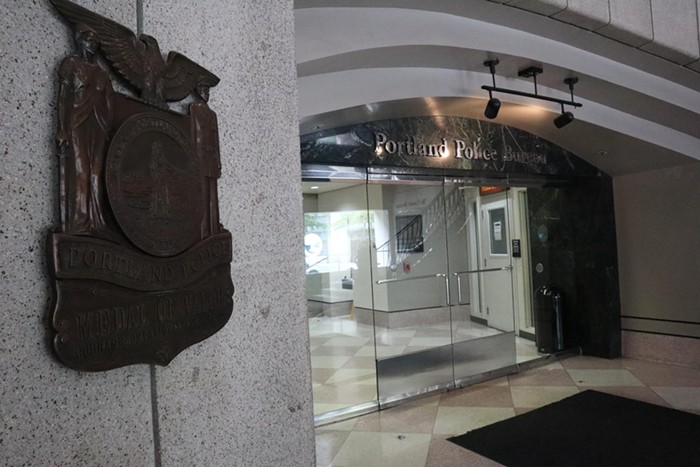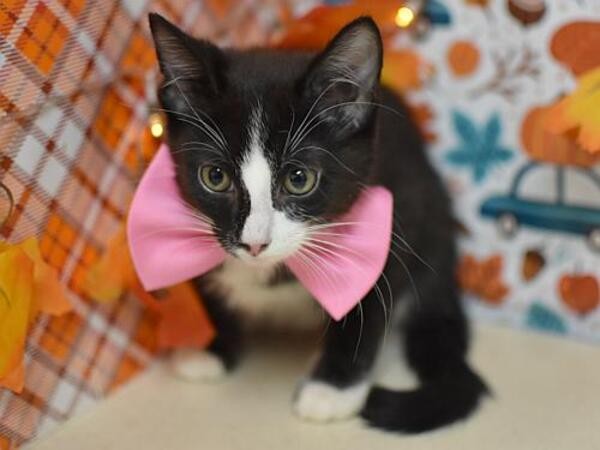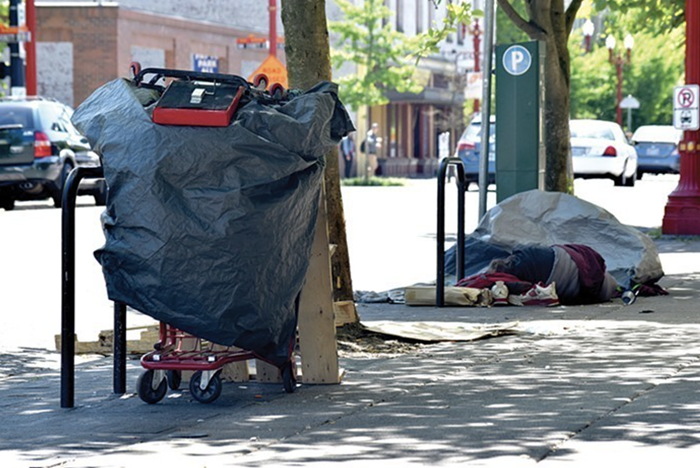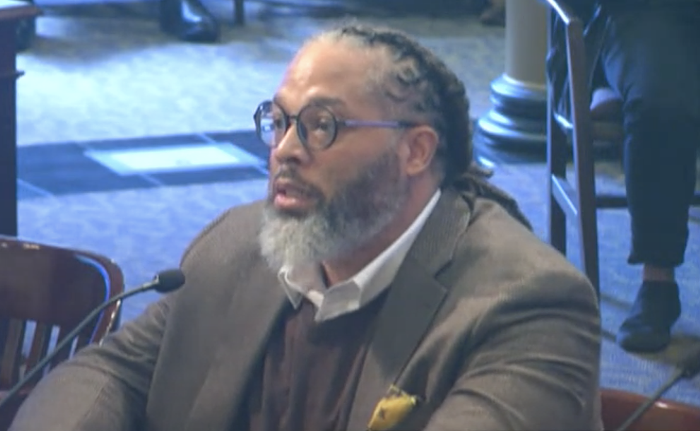The Mark Rothko retrospective at the Portland Art Museum brings the Portland-raised artist home for the first time since his 1933 debut exhibition on the same walls. The work on display spans Rothko's entire painting career, arranged by period to show the development of Rothko's motifs, skill, and vision.
The most complimentary adjective I can come up with for the early, more representative work is that it's interesting, or maybe educational. It hints at what's to come, and you can see the painter struggling, searching for what he wants the image to do. Whether it's a blotched figure painting that is somehow still striking, a blurry self-portrait (the artist as fuzzy-shaped colors), or the middle period work that deals with Greek myths, glimpses of Rothko's future abound.
The other half of the exhibit are the giant, saturated colorscapes that for many defined abstract expressionism and made Rothko a towering figure of 20th-century painting. I love these works. In college I took a course called Religion and Art that was very boring except for the slideshows. Seeing a slide of one of Rothko's "windows" and being told of its meditative qualities, its deep displays of emotions, made me chortle. A month later we were taken to Los Angeles to view them in person, where I stared at them in amazement. Rothko's paintings breathe on the canvas. And while there's a hefty amount of theory and criticism behind his work, the gigantic canvases are not difficult to understand. They are meant to be felt, and staring at them brings them to life. If you've never seen them in person, go.
Upstairs is another show running through May by the sculptor John Frame, whose dark figures stand on pedestals in pools of dim light. Frame works in wood and cloth to create dark, haunting figures. The current exhibition, Three Fragments of a Lost Tale, includes a short, stop-motion film featuring the fully articulated puppets that populate the gallery. It also includes a short on his very precise technique. Each character is fully realized and detailed. They stare back at you with very tiny, life-like eyes.
I saw the show on opening day and there were lots and lots of people. Next time I'll go on a day that's not very crowded—these are rare and special exhibitions, and it's a pleasure to get lost in them.













